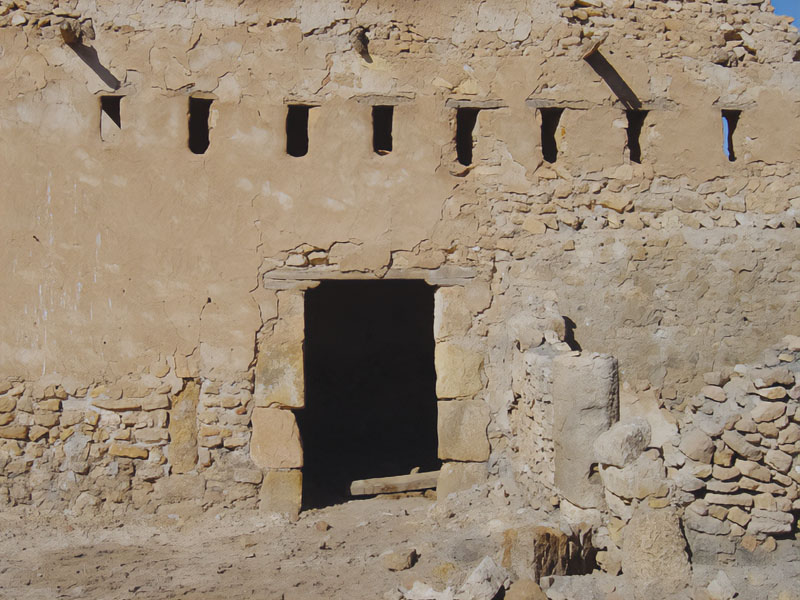Traditional housing in the villages of southern Tunisia
Issue 19

Muhammad Al Jazirawi(Tunisia)
Located in southwest Tunisia, Nafzawa is rich in material and non-material elements of folklore because agriculture in the ancient oases made raw materials available and made possible the practice of a wide range of traditional crafts, such as carpentry and various textile-related crafts.

The housing of this region is considered an important feature of architectural heritage; it has a significant impact on life and it reflects adaptation to the climate and lifestyle. The traditional architecture in Nafzawa makes use of the available raw materials and their structural properties.
Traditional architecture in the villages of Nafzawa is similar to that in the villages of Qabis, Al Jarid and many ancient Arab cities. Each village has a surrounding wall; the wall of Bazma existed until the middle of the 19th century. The wall around ancient Kebili had a ditch and was turned into a ring road in 1903. The villages’ walls have one or more gates; Bishri village had a stone wall with six gates, while Jazirat Al Wihaishi village had a surrounding wall with one gate, the site of which is still called ‘The Gate in the Wall’.
For defensive purposes, the walls were usually built high and surrounded by ditches that could be filled with water when the villages were under attack. The gates were usually closed at night to protect the village.
Most of the villages are characterised by centralised planning with the mosque and market in the centre of the residential areas. Ancient Kebili is a good example of this type of planning; the main mosque is next to the market with commercial shops in the centre of the village. The main area leads to a series of alleys and narrow twisting lanes that are sometimes covered/shaded, (these are known as Rital), to reduce the impact of the sun’s heat and the wind.
The network of narrow lanes links the private and public areas of the village and connects the various neighbourhoods. Organised by tribe, the neighbourhoods around the centre of the village are characterised by one-storey buildings built close together.
The village includes public buildings such as the mosques, which are small with simple minarets and domes above the shrines, which are next to the gates in the walls. The traditional buildings are usually associated with the traditional culture of the group and planned according to their daily requirements, the economy and the climate.







































































